Ontario’s 55,000 school support staff who are members of the Canadian Union of Public Employees’ (CUPE) Ontario School Board Council of Unions (OSBCU) get to vote during the second last week of November on the terms of a tentative agreement reached between their union and their employer, the provincial government. The deal, announced late on Nov. 20, would replace a contract the government tried to enforce with legislation that made use of the notwithstanding clause to avoid a legal challenge; the legislation was revoked following massive public protest. Here is a timeline of events in the school labour talks since the summer re-election of Doug Ford’s Progressive Conservative government.
June 2 — Ontario holds a provincial election and Doug Ford’s Progressive Conservatives are re-elected with an even bigger majority.
June 3 — CUPE, representing 55,000 education workers, issues a notice of intent to bargain, the first step to starting labour negotiations.
July 18 — Bargaining begins.
Aug. 2 — CUPE presents a full package of bargaining proposals, which includes a proposal for a flat $3.25-an-hour pay raise per year over a three-year deal.
Aug. 15 — The government’s opening offer of a pay raise of no more than two per cent a year described as “disheartening” by CUPE.
Aug. 26 — CUPE files for conciliation, asking for a neutral third party to join discussions.
Aug. 31 — CUPE members’ collective agreement expires.
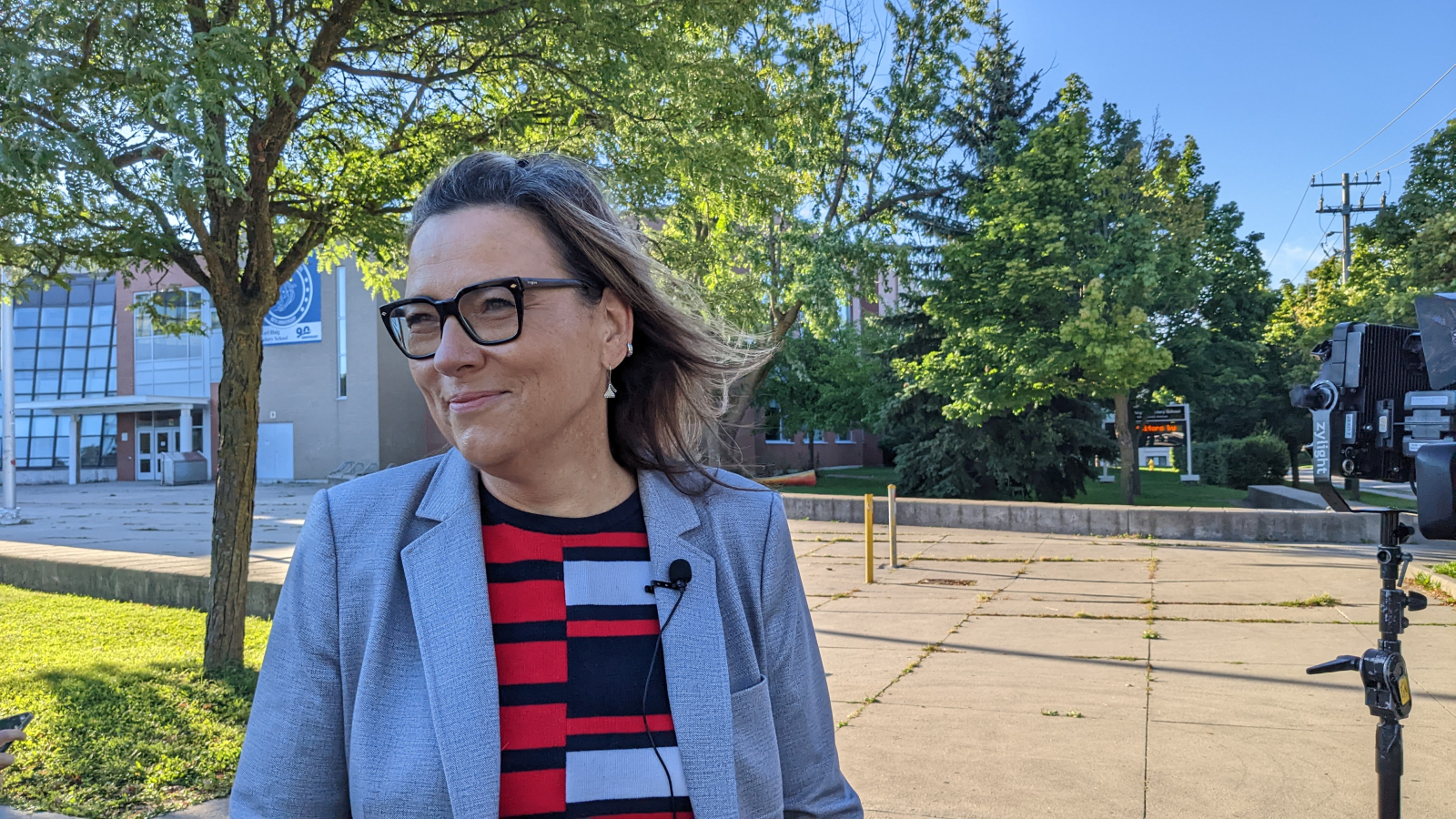
Oct. 3 — Strike vote results show 96.5 per cent of CUPE members support stop-work action.
Oct. 7 — CUPE negotiators request “no board” report, meaning they consider the talks to have reached an impasse. This step starts a countdown to when a work stoppage can legally occur.
Oct. 17 — The government and CUPE enter into mediation.
Oct. 30 — CUPE’s OSBCU issues a strike notice, a legal requirement stating workers will strike five days later if no agreement was reached before then.
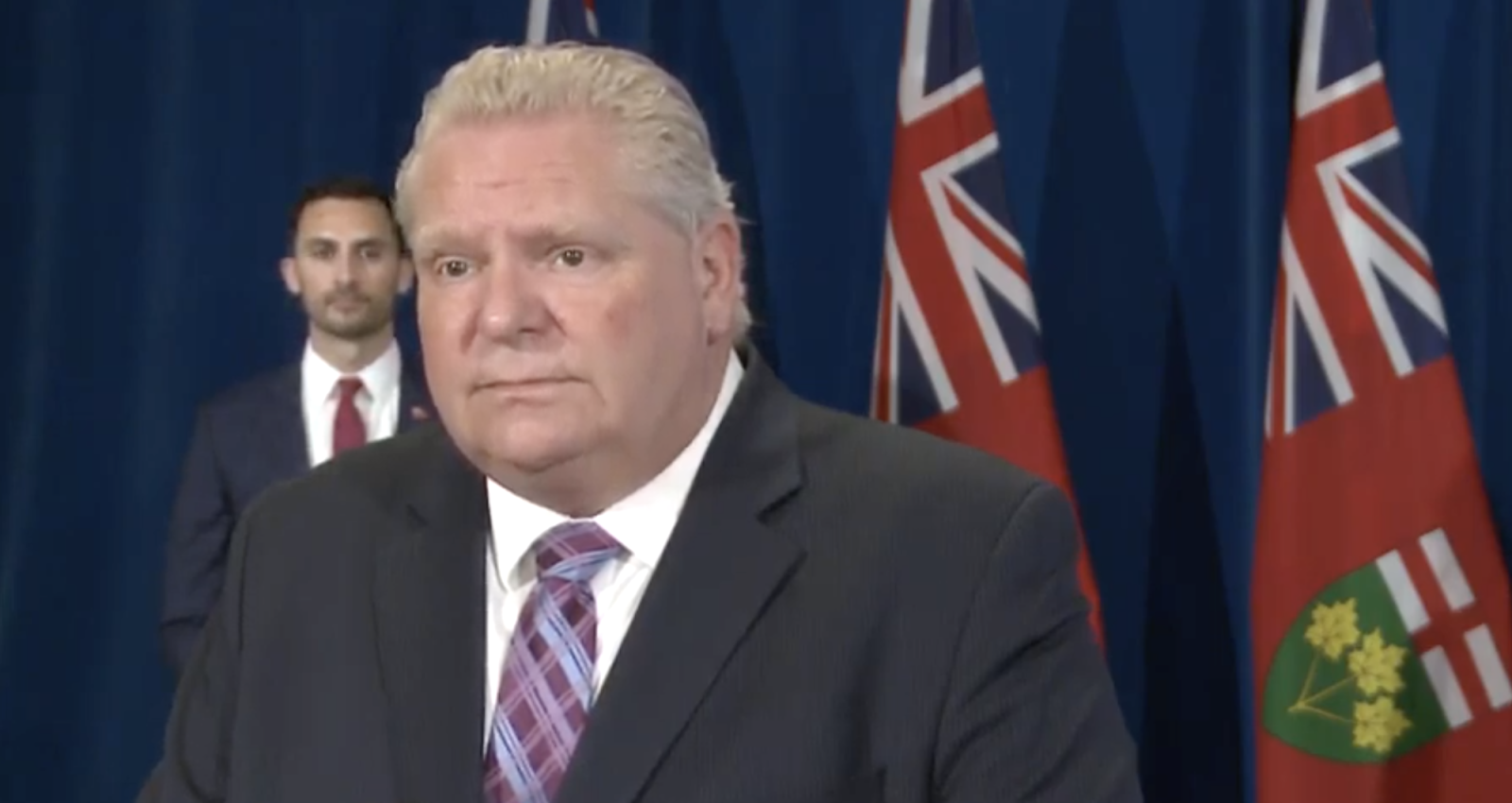
Oct. 31 — Ford government responds by introducing Bill 28, the Keeping Students in Class Act, which orders education workers back to work with an imposed below-inflation pay rise and fines for stop-work action. The union says its planned Friday strike will go ahead anyway.
Nov. 2 — CUPE says it has trimmed its demands, but sides remain at a standoff, with Education Minister Stephen Lecce saying the government won’t sign off on a deal unless CUPE calls off the Friday strike. The union says it won’t call off the stop-work action unless it reaches a deal with the province.
Nov. 3 — Bill 28 receives royal assent and becomes law.
Nov. 4 — School boards across Ontario close schools on Friday after CUPE members withdraw their labour. The government asks the Ontario Labour Relations Board (OLRB) to rule on the legality of the CUPE action.
Nov. 5 to 6 — The BC Teachers' Federation and Unifor each pledge $1 million to help cover any fines striking education workers receive and solidarity rallies are held by other labour groups over the weekend while the OLRB hears arguments.
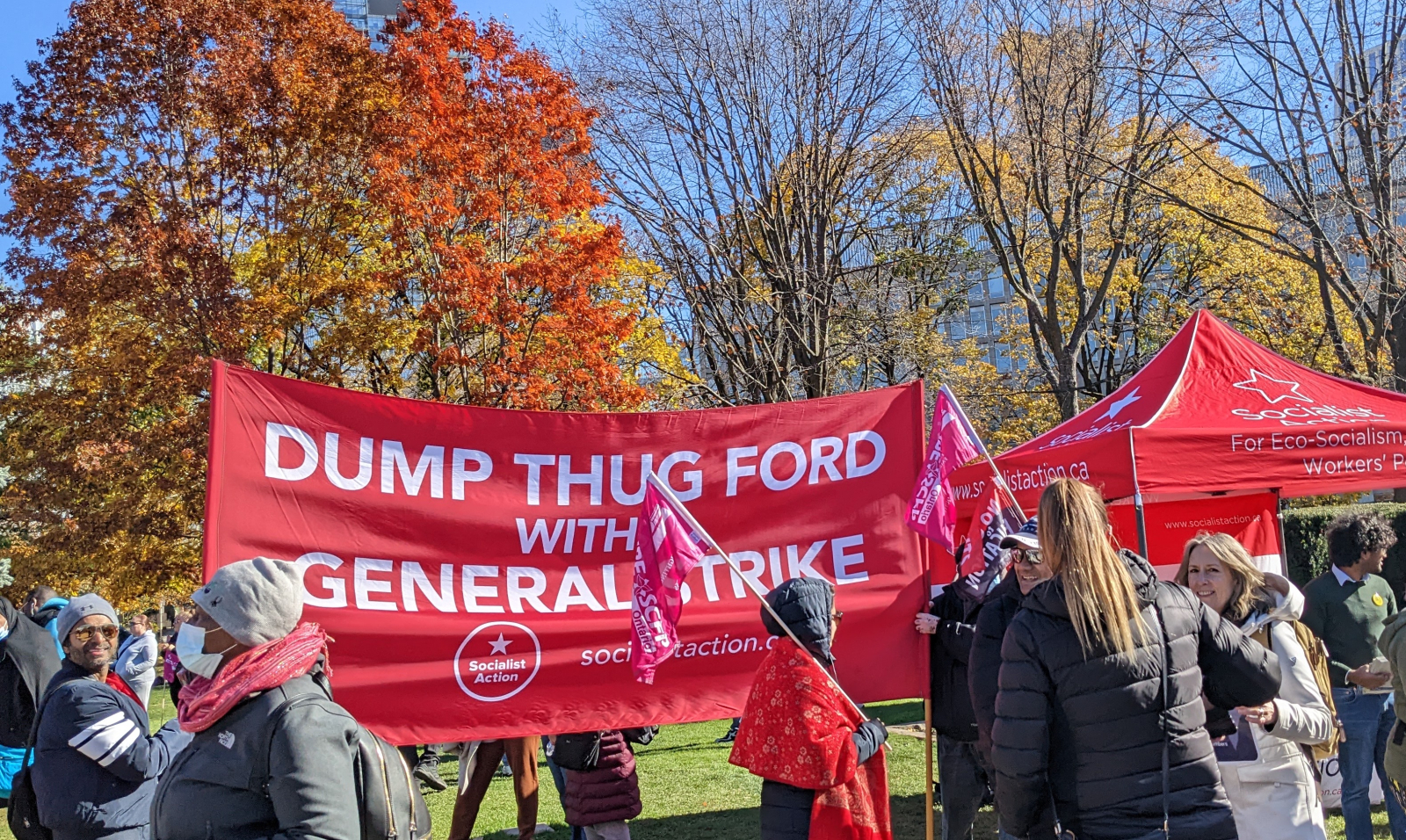
Nov. 7 — A second day of school closures sees thousands of CUPE members descend on Queen’s Park and the offices of various politicians. Premier Ford says he will repeal the legislation if CUPE calls off the strike, and CUPE agrees.
Nov. 8 — Bargaining talks with a mediator resume.
Nov. 9 — CUPE says it will not accept a two-tier deal, where some workers would get a bigger raise than others, which is what the government is currently offering.
Nov. 14 — Ford government revokes its own Bill 28, talks with CUPE resume in earnest.
Nov. 16 — Both sides say an agreement has been reached on wages. That pay raise is later reported as a flat $1-a-hour per year, or an annual increase of roughly four per cent for the lowest-paid union members and around 1.8 per cent for those earning more than $70,000. CUPE says attention must now turn to service levels in schools. Union members want the government to spend another $100 million on staffing to ensure an early childhood educator in every kindergarten class, prep hours for educational assistants, more cleaning and more overall job security. CUPE issues a second strike notice.
Nov. 20 — At the end of a weekend of talks, Education Minister Stephen Lecce and Laura Walton, president of CUPE’s OSBCU, each announce a tentative deal has been reached soon after a Sunday 5 p.m. deadline, meaning a strike is averted and the union’s 55,000 members will now vote on whether to ratify the four-year agreement. Walton says the government did not offer any additional investments in services and that it will now be up to members to decide whether to back the deal. (Results should be known by next Sunday, Nov. 27.)
Nov. 21 — School opens as scheduled.
Morgan Sharp / Local Journalism Initiative / Canada’s National Observer
Updates and corrections
| Corrections policyThis article has been updated to include new information.

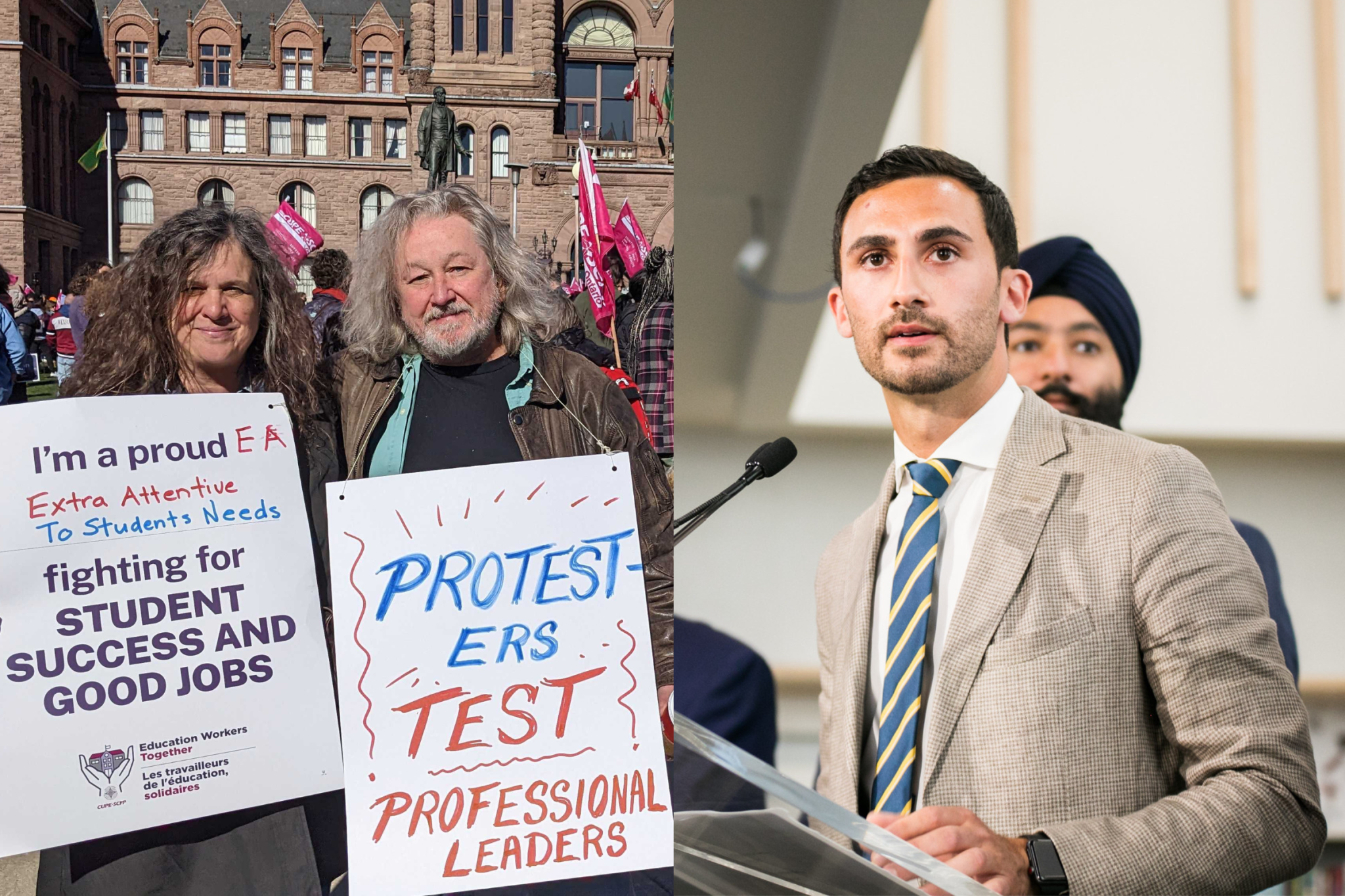

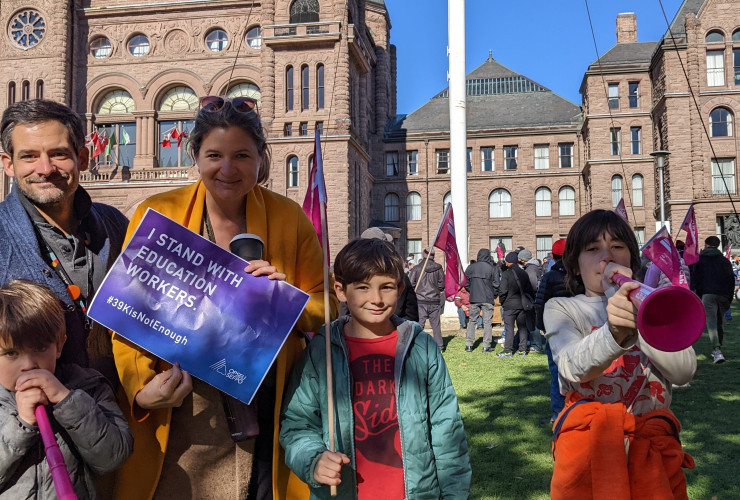
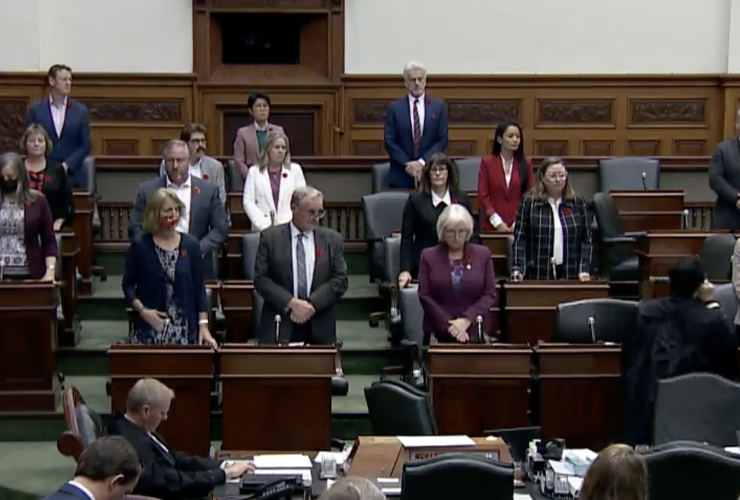
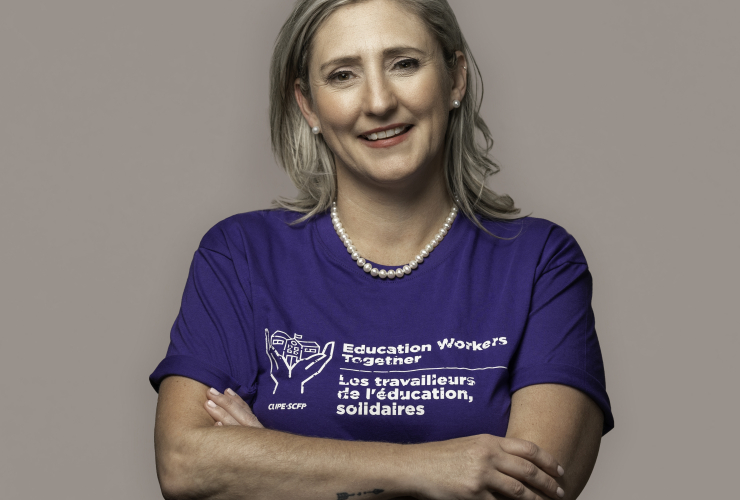
Comments